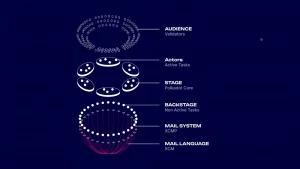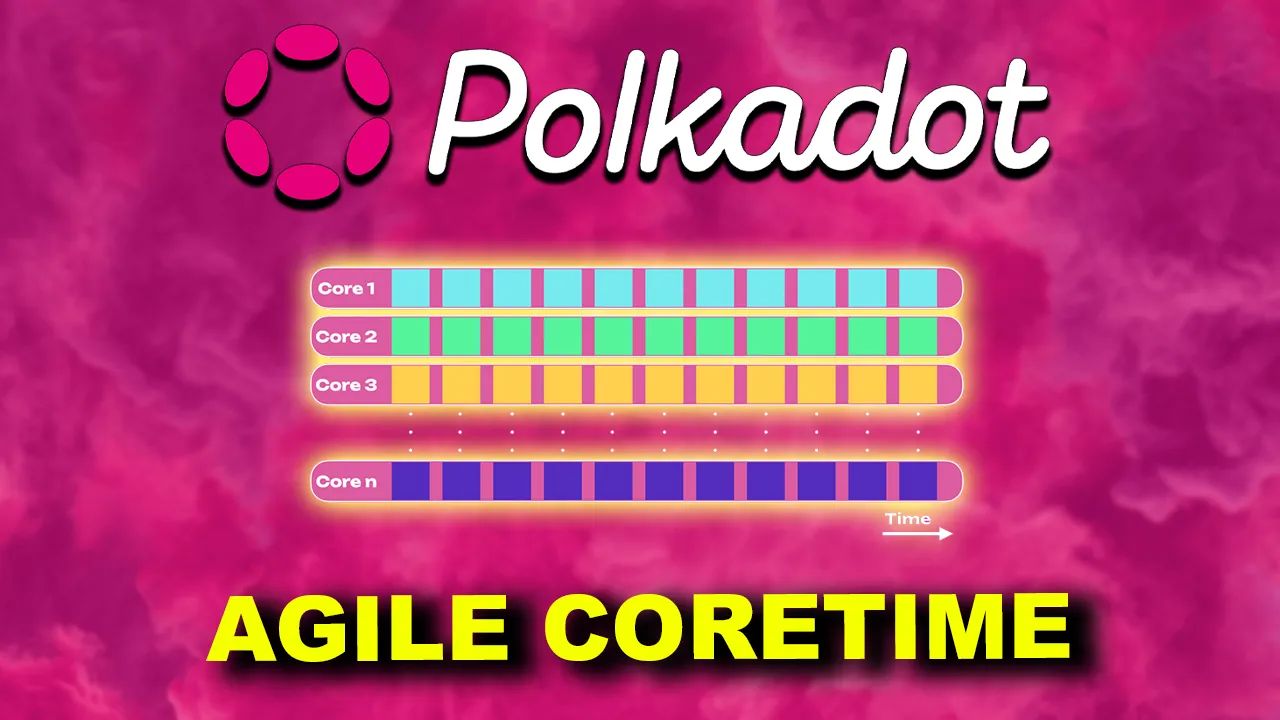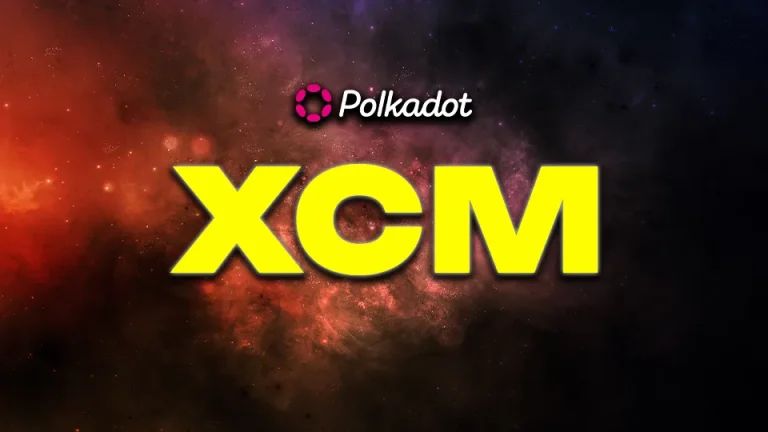Polkadot is an ecosystem of highly innovative approaches to scalability, interoperability, and governance. Waiting to draw the new line of operational efficiency within the Polkadot network is Agile Coretime, one of the most recent developments. The breakthrough development is that of optimizing resource utilization with an economic edge for the builders and the general functionality of the network beyond what was conceived in the original blueprint.
Understanding the Core of Agile Coretime
Agile Coretime takes away the limitation of blockchain projects under Polkadot 1.0, where parachains can only rent a lease through an auction for up to two years to secure network security.
That can be attributed to very high entry barriers for small and medium projects on the one hand, since it would need such projects to have large sums of DOT locked into the system. The inflexibility of the fixed block production interval would, secondly, fail to consider the variations in network activities, thus causing resource inefficiencies.
Flexible coretime model: purchase of coretime in bulk for a month, and renewals are protected against price change. This adaptability allows the efficient budgeting of parachain projects, because it may need to continuously produce blocks or have less frequent access to the resources required by the core.

The Architecture of Agile Coretime
Agile Coretime changes how the Polkadot network allocates computational resources. Each “core” is a virtual abstraction of the computation power relayed by the relay chain to secure the blocks of the parachain. These new cores can now be dynamically scheduled with Agile Coretime to give the network improved ability to cope with the difference in load and activities on the cores.
Key Features of Agile Coretime:
- Bulk Coretime & On-demand Coretime: From buying coretime, bulk quantity, and on-demand, it caters to the variable needs of parachain developers.
- Secondary Markets for Coretime: The flexibility of splitting and selling coretime in smaller lots would result in an efficient secondary market and, in turn, usher in an improvement in efficiency in allocation.
- Elastic Scaling: in future development, scales move elastic without being limited by the amount of resources assigned, which allows multiples cores for one task.


The Impact on the Polkadot Ecosystem
Agile Coretime stands to benefit the Polkadot ecosystem in several ways:
- Democratize access: Reduce barriers to entry for new projects via on-demand coretime that will aid rapid prototyping and rapid deployment without big upfront investments.
- Resource Optimization: Agile Coretime, therefore, aligns the core computation usage of the core to actual network activity, hence making sure there are no computational resources that are being wasted during low activity and scaled up during high demand for Polkadot.
- Encouraging Economic Efficiency: The possibility of renewing, splitting, and selling coretime presents economic flexibility in use for encouraging efficiency, enabling the reorganization of resource allocations in line with the market situation and project needs.
- Strengthening Network Performance: The forthcoming elastic scaling feature will be able to host an even more diversified suite of applications and workloads on the Polkadot network, hence holding out higher levels of transaction throughput and speed of block production.
Looking Forward
The Agile Coretime strives toward making a more pliant, effective, and economic blockchain ecosystem. Technology, when advanced, continues to promise further opportunities in the fields of innovation, collaboration, and growth within the blockchain community through the coalescence of the Polkadot network.
If Polkadot was already solidifying its role as a core platform for decentralized technologies, then Agile Coretime reimagining resource allocation and network participation would stand as a new definition in leading toward a new standard of effectiveness for blockchain networks.
Related resources about Agile Coretime:
- You can learn more about Agile Coretime on the Polkadot Wiki.
- Gavin Wood sees Polkadot as a Global Supercomputer (keynote slides), by Dr. Gavin Wood. (Polkadot Decoded 2023, Copenhagen).
- Protocol Berg Keynote: Agile Coretime, by Dr. Gavin Wood. (Protocol Berg 2023, Berlin).
- Polkadot Fellows RFC: Coreplay, by Dr. Gavin Wood. (github).
- Agile Coretime coming to Kusama, by Joyce. (Polkadot Forum).
- Elastic Scaling, by FShirazi. (Polkadot Forum).
- Transition of Blockspace Allocation: From Parachain Auctions to Core Time, by Max Rebol & Mario Altenburger. (Sub0 2024, Bangkok).
- Getting Started with Coretime, by Dónal Murray. (sub0 2024, Bangkok).
- A Core-Centric Roadmap: How Polkadot is moving away from Parachains and auctions, by Asynchronous Phil.
- A Review of Polkadot Cross-Chain Technology Evolution, Understanding the Future of Polkadot 2.0, by OneBlock+.
- What Does a Coretime Market Look Like? – Lastic w/ Asynchronous Phil Lucsok – Space Monkeys 120, by The Kusamarian.
- Announcing PolkaVM – a new RISC-V based VM for smart contracts (and possibly more!), by Koute. (Polkadot Forum).
- Gavin Wood explains Polkadots Agile Coretime with 1000 Pancakes in 1 minute.








